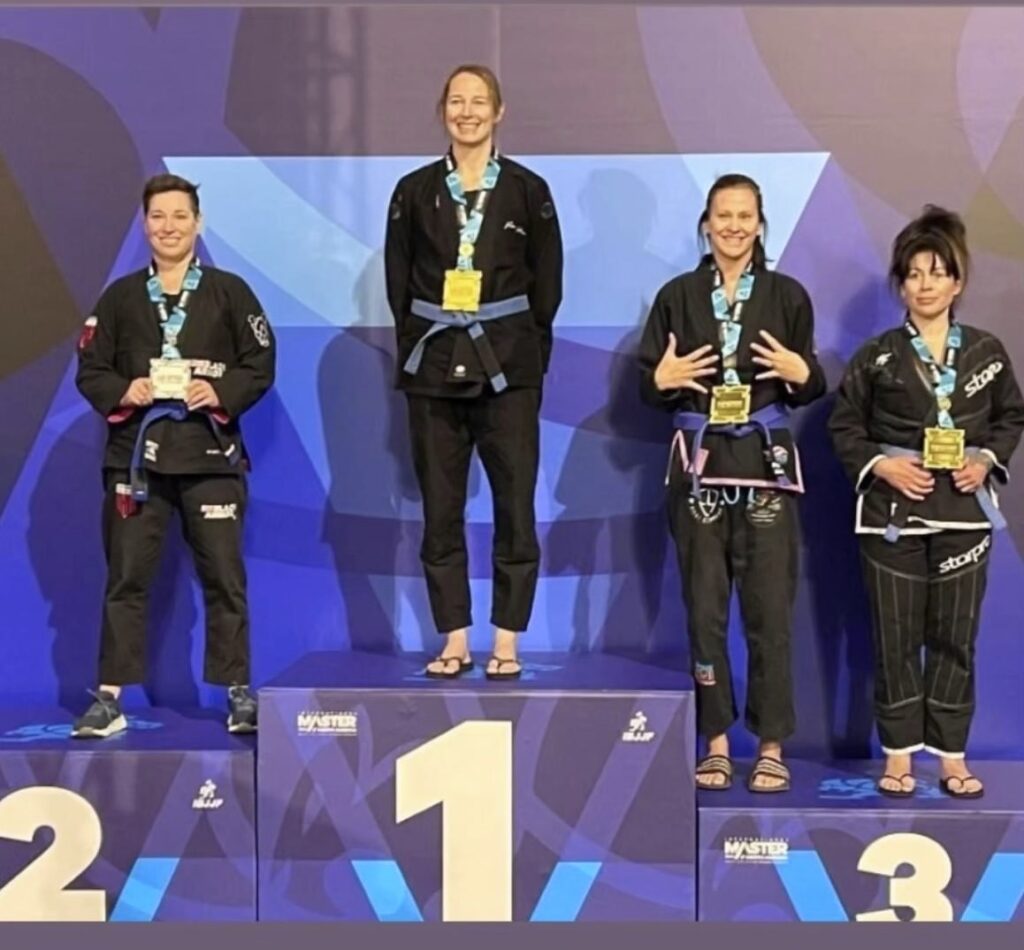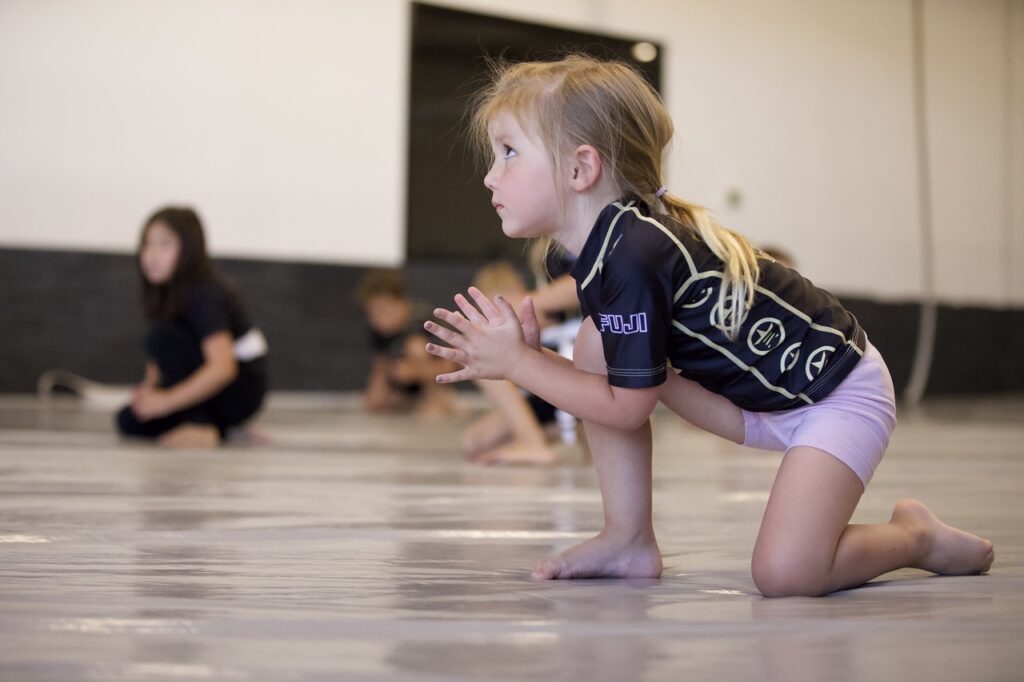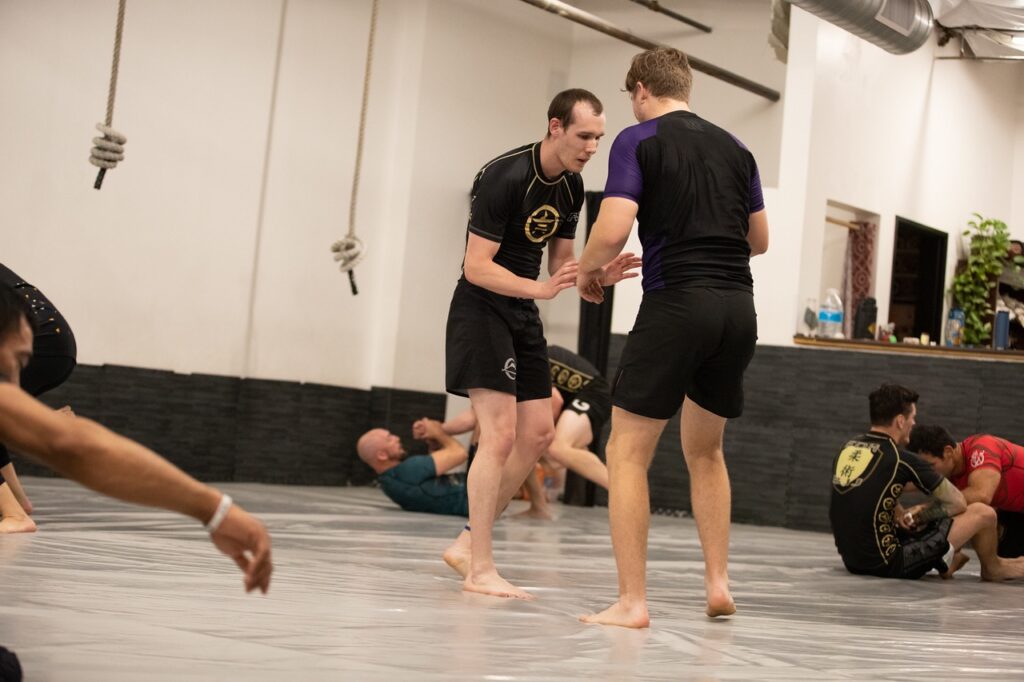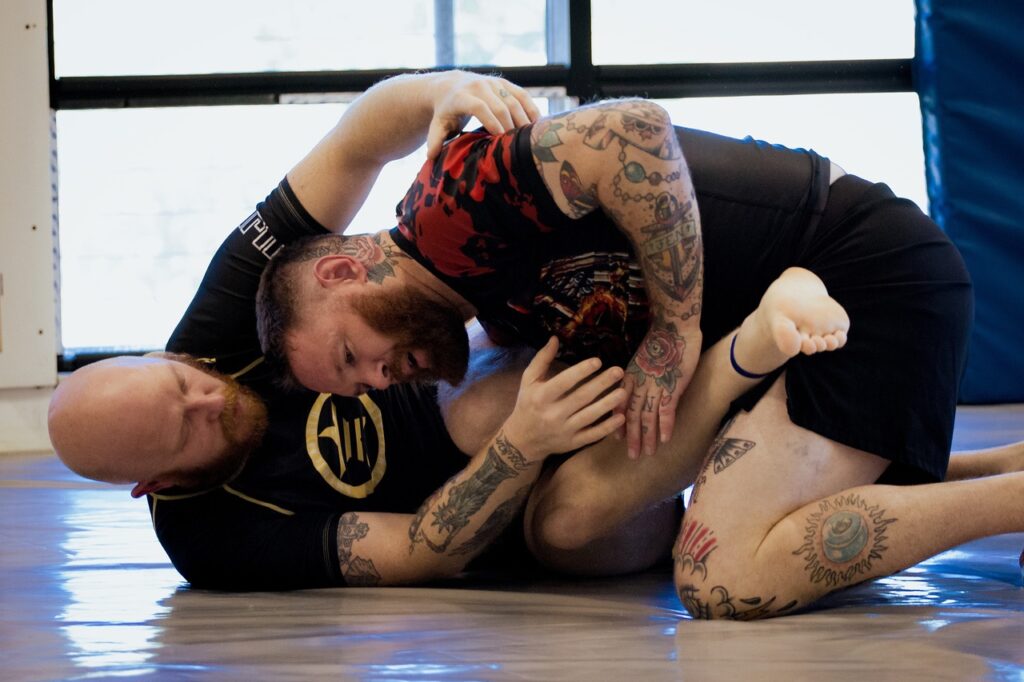This past weekend, Long Beach, California, became the epicenter of martial arts as it hosted the prestigious Master International and Mundial tournaments. These events showcased some of the best talents in Brazilian Jiu-Jitsu (BJJ), attracting competitors and fans from around the globe. Here’s a recap of the exciting weekend.
The Events
Master International: This competition focused on seasoned athletes in the Master categories, providing a platform for practitioners to demonstrate their skills and compete at a high level. The Master International tournament was known for its camaraderie and sportsmanship, as athletes over the age of 30 came together to compete in various weight and belt divisions.

Mundial: Also known as the World Jiu-Jitsu Championship, the Mundial is one of the most prestigious tournaments in the BJJ world. It featured elite competitors of all ages and served as a proving ground for both up-and-coming and established practitioners. Winning at the Mundial is a career-defining achievement that signifies the pinnacle of success in Brazilian Jiu-Jitsu.
The Venue

The events took place at the Walter Pyramid in California State University, Long Beach (CSULB). This iconic venue, known for its striking architecture and state-of-the-art facilities, provided ample space for competitors and spectators alike. Located on the CSULB campus, the Walter Pyramid was easily accessible and surrounded by numerous amenities, making it a perfect location for a weekend of intense competition and community gathering.
Highlights
High-Level Competition: Both tournaments featured intense matches as athletes competed for titles and recognition. Spectators witnessed world-class techniques, strategic battles, and displays of athleticism and perseverance.
Diverse Participants: The events drew competitors from various countries, bringing a diverse array of styles and strategies to the mats. This international flavor added an exciting dynamic to the competition, as different training backgrounds and philosophies clashed in pursuit of victory.
From El Dorado Hills: EDH jiujitsu had 4 competitors in the Master international tournament. Connor, Ryan, Reina, and Allan. They all performed at a high level, Ryan made his way to the top of the podium in his division. In the World Championships, Ken and Danny looked to make their mark in their divisions. Although they didn’t walk away with a medal from the tournament, they made notable improvements in their game along the way in preparation. We’re excited and thankful for the teammates in El Dorado Hills who contributed to everyone’s training and excited to see others from the AJJ Syndicate Association medal and earn the title of World Champion.

In conclusion, the Master International and Mundial tournaments in Long Beach this past weekend were a resounding success, celebrating the skill, dedication, and spirit of the global Brazilian Jiu-Jitsu community. Competitors and fans alike left with lasting memories and a renewed passion for the sport.






